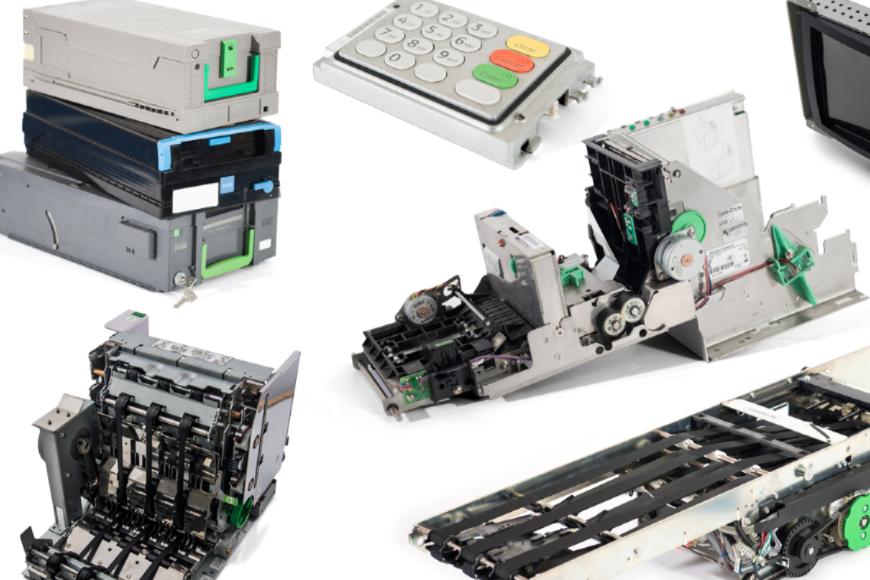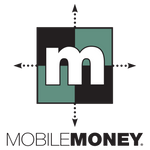Search
Archive
- September 2019
- May 2019
Understanding the Parts of an ATM Machine
By MOBILEMONEY Inc | July 11, 2019

It is no secret that over half of America’s population relies on an automated teller machine. Over 50 years have passed; ATM has been through many transformations. Today, there are more modified cash devices and offer more convenient options to users. In essence, ATM has made our lives more comfortable with its great features.
Although it allows managing personal finances quickly, ATM units seem quite complex in how they operate. However, these machines are subject to strict regulations, as they contain a bulk of the cash.
Furthermore, if any retail shop owner possesses a cash machine, they cannot directly operate the machine unless they sign an agreement with ATM Company. Besides, they also require a sponsoring agreement with banks or financial institutions.
Parts of Automated Teller Machine
ATMs offer several specialized functions, which are rendered when the transaction routes through the different parts of the machine. Not to mention, these parts can malfunction or break and make the machine non-operational. Although each ATM offers various features other than basic services, all the devices contain the same components.
Card Reader
A cardholder’s details are stored on the EMV chip or magnetic stripe of their debit or credit card. When a customer inserts a card in the machine, a card reader detects the account details of the customer. The bank uses this information to verify and process the transaction.
Keypad
A keypad in an ATM allows the cardholder to choose the option for the transaction they require. In other words, the display of the cash machine shows several options to choose from; they include balance inquiry, check deposit, cash withdrawal, etc.Furthermore, it requires a customer to enter the necessary amount for cash withdrawal. It also asks for the cardholder’s Personal Identification Number (PIN) to verify the customer’s transaction request. A keypad in ATM allows customers to input all these details.
Cash Dispenser
Almost every ATM device contains a cash dispenser. Cash dispensers are incorporated at the bottom of the device. It is important to mention here that a cash dispenser is connected with a safe that contains cash.Through cash dispensers, customers receive banknotes in return to the transaction they made. When malfunctioned or broken, cash dispenser can cause a significant loss, especially if a criminal robs all the money from it.
Printer
Automated teller machines hold a printer that functions when consumer requests for the receipts. Not to mention, these receipts include all the details of the transaction for cash withdrawal. It further shows the total balance that a cardholder has in their bank account. However, it can only be requested by a customer while making the transaction.
Screen
The display screen in ATM shows the cardholder all the details. It prompts the customer through each step of the transaction process. All the dial-up machines usually use a color or monochrome LCD, whereas the leased-line machines typically use a color or monochrome CRT (which stands for Cathode Ray Tube) screens. Conclusion
ATMs are self-service kiosks that allow users to complete the financial transactions without the assistance of a bank operator. From simple transactions to complex processing, ATMs can manage transactions more efficiently along with providing the customer with great convenience.
If you have an ATM or thinking to install the one in your store, keep in mind that getting high-quality parts for your device reduces the risks of frequent malfunctioning.
MOBILEMONEY offers a wide variety of ATMs integrated with sturdy parts that ensure an excellent ATM experience and prevent you from dealing with the nuisance of everyday repair and fixes. Approaching them is just a step away; you only need to fill out a contact form to reach out to MOBILEMONEY.


